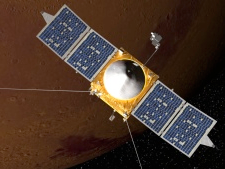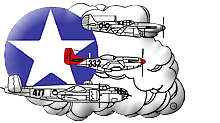The Center for the Advancement of Science in Space (CASIS), the nonprofit organization managing research onboard the International Space Station (ISS) U.S. National Laboratory, today announced a four-week contest titled “What Would You Send to the ISS?”, which is open to the general public for submissions. Unlike Requests for Proposals CASIS has previously released, submissions for this contest can simply be ideas or concepts, not precise proposals for research. The contest runs through September 16, 2013, just in time to get your students’ creative juices flowing.
To learn more about this contest and how to submit an idea, visit http://www.iss-casis.org/Opportunities/Solicitations/RFIYourIdeaInSpace.aspx
Be sure to check out all of the ISS-related NASA Now classroom videos and featured lessons on the NES Virtual Campus. Just log into the Virtual Campus and search for “ISS” to see the list of 16 classroom-ready resources to inspire you and your students.

 Students and educators are invited to join NASA for the Sally Ride EarthKAM Summer 2013 Mission from July 9-12, 2013. Guide your students in hands-on research as they program a camera aboard the International Space Station to take pictures of specific locations on Earth. The optional online curriculum at the
Students and educators are invited to join NASA for the Sally Ride EarthKAM Summer 2013 Mission from July 9-12, 2013. Guide your students in hands-on research as they program a camera aboard the International Space Station to take pictures of specific locations on Earth. The optional online curriculum at the  If you missed out on the opportunity to send your name to Mars as part of the Curiosity mission (see the NES Teachers Corner article,
If you missed out on the opportunity to send your name to Mars as part of the Curiosity mission (see the NES Teachers Corner article,  NASA wants to launch a picture of you on the final space shuttle mission.
NASA wants to launch a picture of you on the final space shuttle mission. Connect with NASA’s Digital Learning Network, and let your students explore history and science with NASA and Tuskegee. On Feb. 20, from 2-3 p.m. EST, your students will have a chance to discuss the early frontiers of aviation with a contrail scientist and a pilot who is president of the Howard Baugh Chapter-Tuskegee in Petersburg, Va.
Connect with NASA’s Digital Learning Network, and let your students explore history and science with NASA and Tuskegee. On Feb. 20, from 2-3 p.m. EST, your students will have a chance to discuss the early frontiers of aviation with a contrail scientist and a pilot who is president of the Howard Baugh Chapter-Tuskegee in Petersburg, Va.